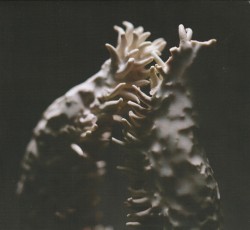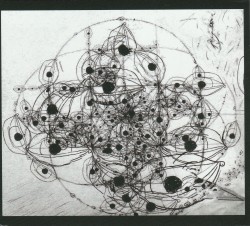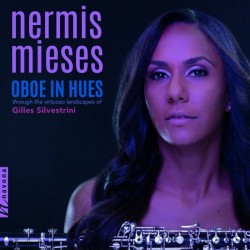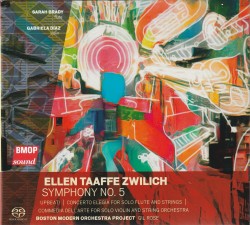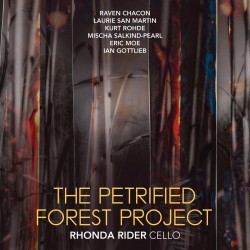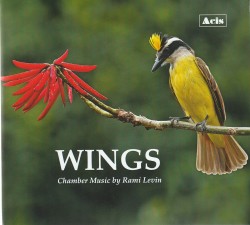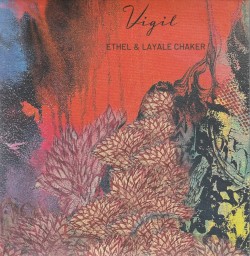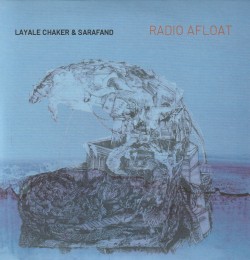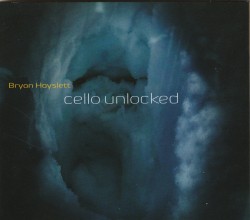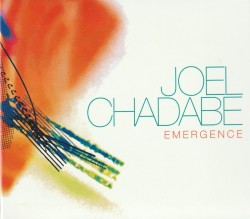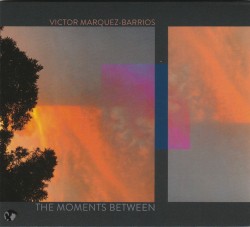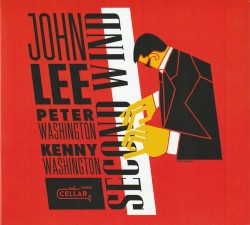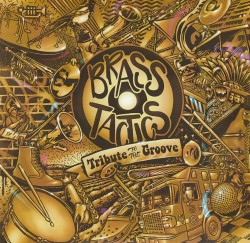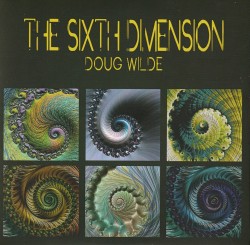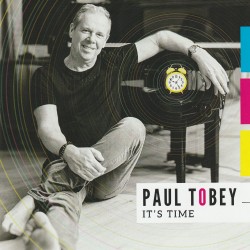Gabriel Dharmoo: Vestiges d’une fable - Members of NACO; Gary Kulesha
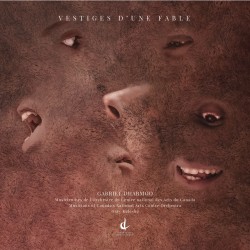 Gabriel Dharmoo – Vestiges d’une fable
Gabriel Dharmoo – Vestiges d’une fable
Members of NACO; Gary Kulesha
Centrediscs CMCCD 34324 (cmccanada.org/shop/cmccd-34324)
Gabriel Dharmoo makes you laugh and then wonder if that was the right response, and then laugh again. So yes, it is fine to hear and feel the mirth behind the title track of his recent release: Vestiges d’une Fable (2014, current arrangement 2023) for voice (originally for soprano but here the composer’s own) with flute cello and piano. The musicians on the disc are select members of the National Arts Centre Orchestra, conducted by Gary Kulesha. The players are excellent, and Kulesha very capably marshals their forces.
Dharmoo produces theatrical, evocative, even surreal music. Vestiges references his mocumentary performance piece Anthropolgies imaginaires, and the fog in our poise (2016) “evokes the ceremonial music of an imaginary culture” per the liner notes. Like the writer Jorge Luis Borges, Dharmoo posits alternate worlds from which to explore our own. His voice in Vestiges seems drawn from an alien cabaret, or one where the creatures we know sing text we can almost understand. The final track, sur les rives de (2011), gives us his impressions of the opposite and contrasting banks of the Ganges river.
Moondaal Moondru (2010) at 18:10 is the substantial centre-weight of the disc, the piece comes in taut sections, with virtuosic outbursts sometimes punctuating a droning whine. Dharmoo lacks nothing in orchestrational skill, and his moods are clearly if unsettlingly depicted. There’s a roll and a rhythm to the music, and I suggest you move with the underlying pulse to best experience it.


